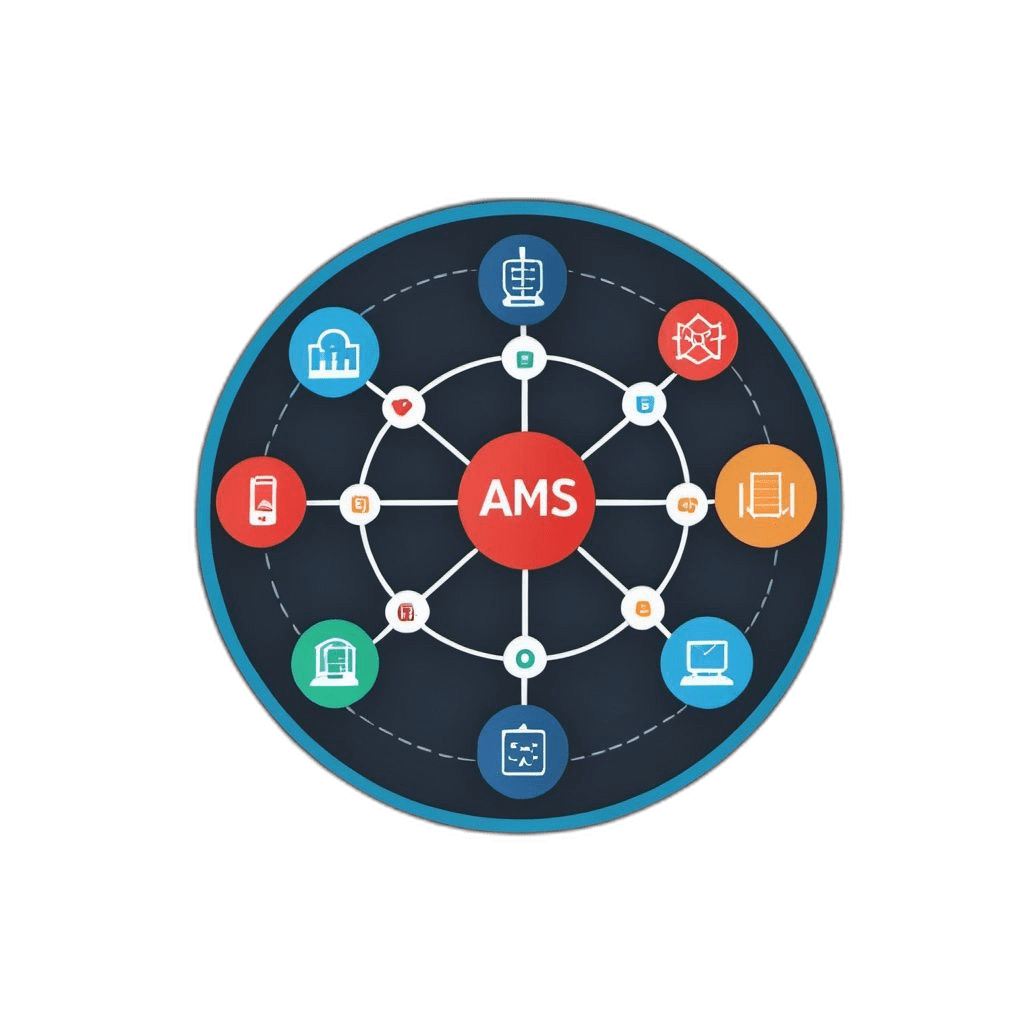

It is a long established fact that a reader will be distracted by the readable content of a page when looking at its layout.


Access management system is a term used to describe the rules, procedures, and technologies an organization uses to control and manage access to its information systems and data. This system is vital to an organization’s security strategy, ensuring only authorized individuals can access sensitive information and systems.
Access management systems commonly employ authentication and authorization processes such as passwords, biometric verification, or access control lists (ACLs) to regulate resource access. Additionally, they often include monitoring and auditing measures to detect and respond to unauthorized access attempts or suspicious activity.










Access management systems with quick deployment features allow organizations to streamline granting access to resources and services, reducing the time and effort required to manage user access and ensuring effective security posture.

Automated User Provisioning automates granting and revoking user access to resources and services, reducing the risk of human error and improving efficiency. It integrates multiple systems, ensuring appropriate access levels and mitigating the risk of data breaches or insider threats.

Request Management is a feature in access management systems that allows users to request access to resources. The feature includes a request portal where users can submit requests. The system routes requests for approval. It ensures access control policies are followed and provides an audit trail of requests, licenses, and denials for compliance.

Self-service access request simplifies the process of requesting access to resources or applications. Users can select resources from a catalog and receive real-time approval or denial notifications. This automated process reduces the workload on IT teams and ensures that access is granted only to those who need it, improving overall security.

Approval workflows are a crucial part of access management systems. They enable organizations to ensure that the right people approve access requests, maintain control over resources, and reduce the risk of unauthorized access or data breaches. Organizations can improve efficiency, reduce the administrative burden, and ensure regulatory compliance by automating this process.

Cross-system integrations are a crucial feature of access management systems, allowing organizations to connect and coordinate multiple systems and processes. These integrations enable the access management system to work seamlessly with other methods, such as identity management, HR, and authentication systems.

Access review periodically evaluates user access rights to systems, applications, and data. It ensures necessary access privileges, compliance with regulations and security standards, and reduces data breaches or theft risks. This process involves identifying users, assessing access rights, and making necessary changes.

Workflow delegations involve assigning tasks to specific individuals when a team member cannot complete them. To manage these effectively, follow these steps: identify tasks, determine the best person to trust to, communicate delegation details, provide resources and support, monitor progress, and provide feedback after completion.

Business role management involves defining and managing roles within an organization to ensure employees can access the resources and information they need. This process helps maintain a secure access management system and compliance with regulatory requirements.